Evgeny Levinkov
Test-Time Adaptation to Distribution Shift by Confidence Maximization and Input Transformation
Jun 28, 2021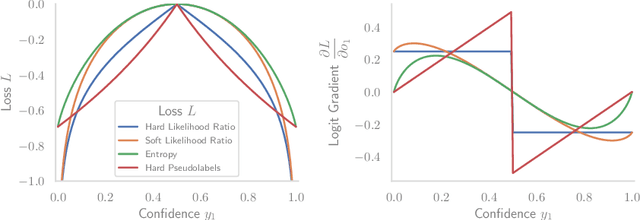


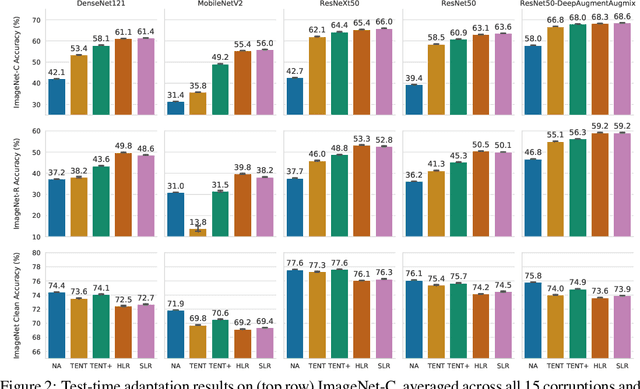
Abstract:Deep neural networks often exhibit poor performance on data that is unlikely under the train-time data distribution, for instance data affected by corruptions. Previous works demonstrate that test-time adaptation to data shift, for instance using entropy minimization, effectively improves performance on such shifted distributions. This paper focuses on the fully test-time adaptation setting, where only unlabeled data from the target distribution is required. This allows adapting arbitrary pretrained networks. Specifically, we propose a novel loss that improves test-time adaptation by addressing both premature convergence and instability of entropy minimization. This is achieved by replacing the entropy by a non-saturating surrogate and adding a diversity regularizer based on batch-wise entropy maximization that prevents convergence to trivial collapsed solutions. Moreover, we propose to prepend an input transformation module to the network that can partially undo test-time distribution shifts. Surprisingly, this preprocessing can be learned solely using the fully test-time adaptation loss in an end-to-end fashion without any target domain labels or source domain data. We show that our approach outperforms previous work in improving the robustness of publicly available pretrained image classifiers to common corruptions on such challenging benchmarks as ImageNet-C.
ArtTrack: Articulated Multi-person Tracking in the Wild
May 09, 2017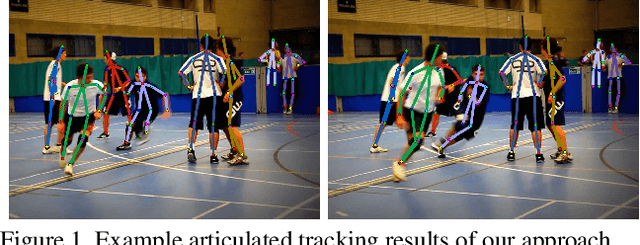

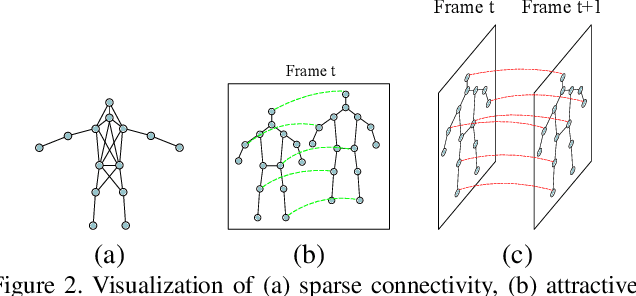

Abstract:In this paper we propose an approach for articulated tracking of multiple people in unconstrained videos. Our starting point is a model that resembles existing architectures for single-frame pose estimation but is substantially faster. We achieve this in two ways: (1) by simplifying and sparsifying the body-part relationship graph and leveraging recent methods for faster inference, and (2) by offloading a substantial share of computation onto a feed-forward convolutional architecture that is able to detect and associate body joints of the same person even in clutter. We use this model to generate proposals for body joint locations and formulate articulated tracking as spatio-temporal grouping of such proposals. This allows to jointly solve the association problem for all people in the scene by propagating evidence from strong detections through time and enforcing constraints that each proposal can be assigned to one person only. We report results on a public MPII Human Pose benchmark and on a new MPII Video Pose dataset of image sequences with multiple people. We demonstrate that our model achieves state-of-the-art results while using only a fraction of time and is able to leverage temporal information to improve state-of-the-art for crowded scenes.
Joint Graph Decomposition and Node Labeling: Problem, Algorithms, Applications
Feb 21, 2017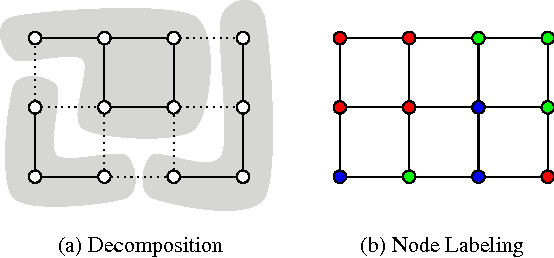
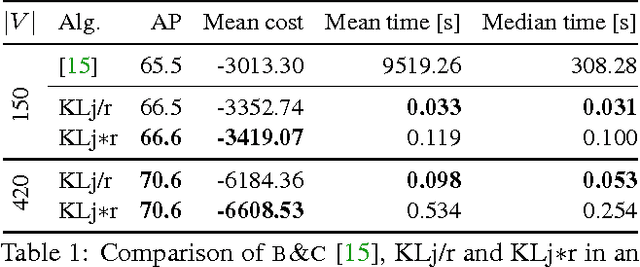
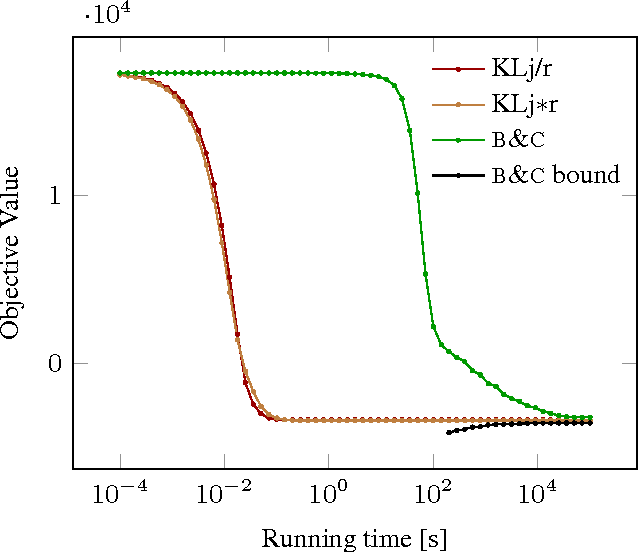
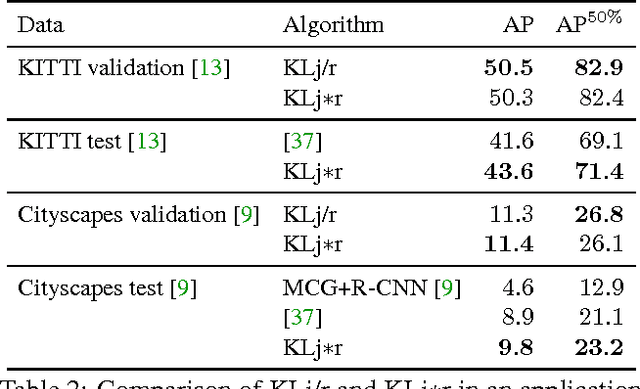
Abstract:We state a combinatorial optimization problem whose feasible solutions define both a decomposition and a node labeling of a given graph. This problem offers a common mathematical abstraction of seemingly unrelated computer vision tasks, including instance-separating semantic segmentation, articulated human body pose estimation and multiple object tracking. Conceptually, the problem we state generalizes the unconstrained integer quadratic program and the minimum cost lifted multicut problem, both of which are NP-hard. In order to find feasible solutions efficiently, we define two local search algorithms that converge monotonously to a local optimum, offering a feasible solution at any time. To demonstrate their effectiveness in tackling computer vision tasks, we apply these algorithms to instances of the problem that we construct from published data, using published algorithms. We report state-of-the-art application-specific accuracy for the three above-mentioned applications.
InstanceCut: from Edges to Instances with MultiCut
Nov 24, 2016



Abstract:This work addresses the task of instance-aware semantic segmentation. Our key motivation is to design a simple method with a new modelling-paradigm, which therefore has a different trade-off between advantages and disadvantages compared to known approaches. Our approach, we term InstanceCut, represents the problem by two output modalities: (i) an instance-agnostic semantic segmentation and (ii) all instance-boundaries. The former is computed from a standard convolutional neural network for semantic segmentation, and the latter is derived from a new instance-aware edge detection model. To reason globally about the optimal partitioning of an image into instances, we combine these two modalities into a novel MultiCut formulation. We evaluate our approach on the challenging CityScapes dataset. Despite the conceptual simplicity of our approach, we achieve the best result among all published methods, and perform particularly well for rare object classes.
Moral Lineage Tracing
Nov 08, 2016



Abstract:Lineage tracing, the tracking of living cells as they move and divide, is a central problem in biological image analysis. Solutions, called lineage forests, are key to understanding how the structure of multicellular organisms emerges. We propose an integer linear program (ILP) whose feasible solutions define a decomposition of each image in a sequence into cells (segmentation), and a lineage forest of cells across images (tracing). Unlike previous formulations, we do not constrain the set of decompositions, except by contracting pixels to superpixels. The main challenge, as we show, is to enforce the morality of lineages, i.e., the constraint that cells do not merge. To enforce morality, we introduce path-cut inequalities. To find feasible solutions of the NP-hard ILP, with certified bounds to the global optimum, we define efficient separation procedures and apply these as part of a branch-and-cut algorithm. We show the effectiveness of this approach by analyzing feasible solutions for real microscopy data in terms of bounds and run-time, and by their weighted edit distance to ground truth lineage forests traced by humans.
* 11 pages
Efficient Decomposition of Image and Mesh Graphs by Lifted Multicuts
Sep 11, 2015



Abstract:Formulations of the Image Decomposition Problem as a Multicut Problem (MP) w.r.t. a superpixel graph have received considerable attention. In contrast, instances of the MP w.r.t. a pixel grid graph have received little attention, firstly, because the MP is NP-hard and instances w.r.t. a pixel grid graph are hard to solve in practice, and, secondly, due to the lack of long-range terms in the objective function of the MP. We propose a generalization of the MP with long-range terms (LMP). We design and implement two efficient algorithms (primal feasible heuristics) for the MP and LMP which allow us to study instances of both problems w.r.t. the pixel grid graphs of the images in the BSDS-500 benchmark. The decompositions we obtain do not differ significantly from the state of the art, suggesting that the LMP is a competitive formulation of the Image Decomposition Problem. To demonstrate the generality of the LMP, we apply it also to the Mesh Decomposition Problem posed by the Princeton benchmark, obtaining state-of-the-art decompositions.
 Add to Chrome
Add to Chrome Add to Firefox
Add to Firefox Add to Edge
Add to Edge